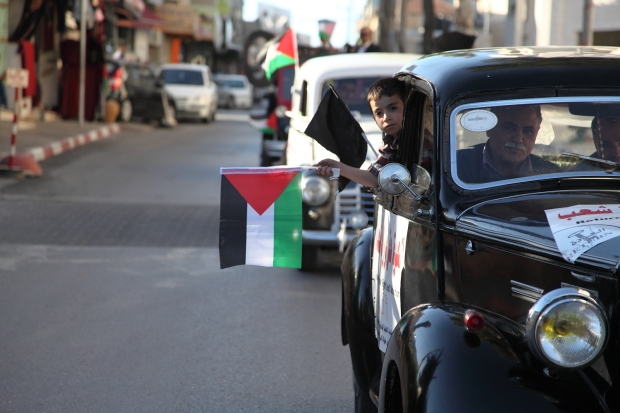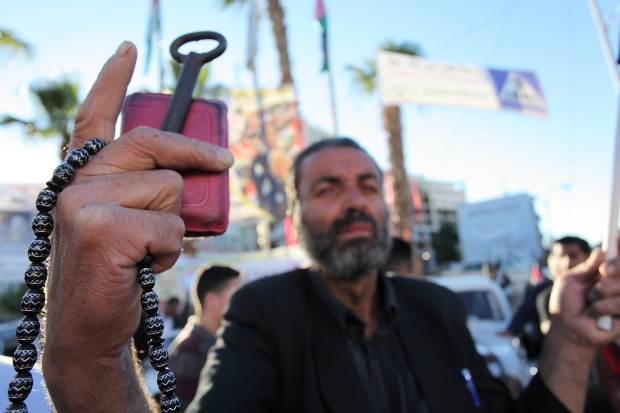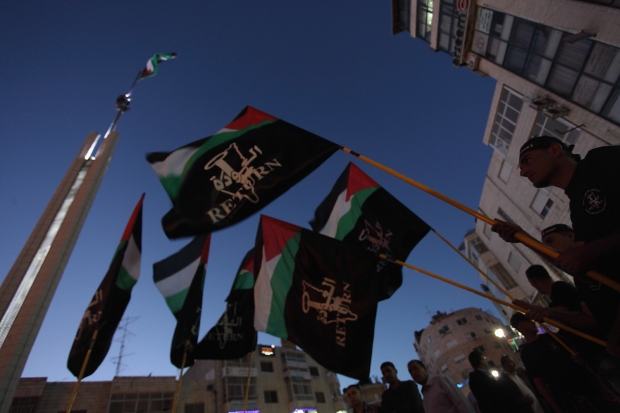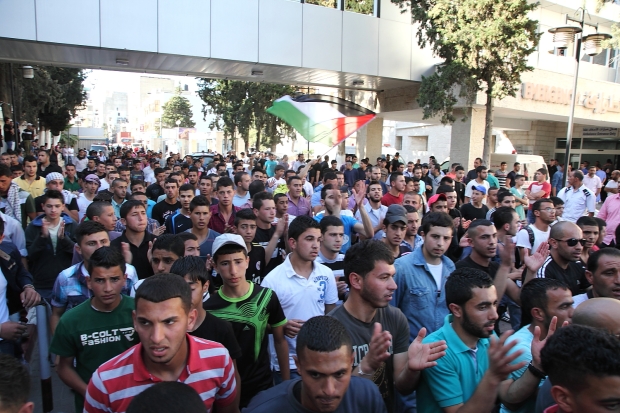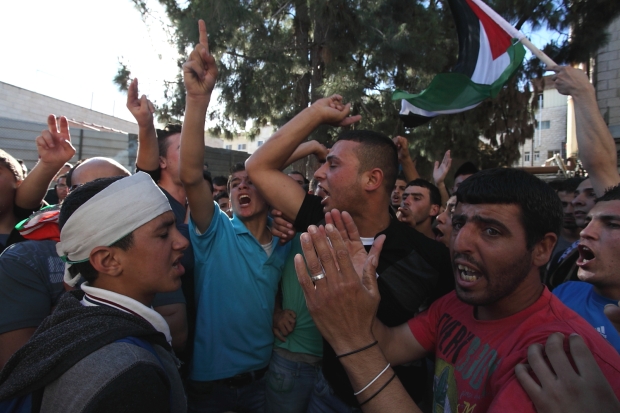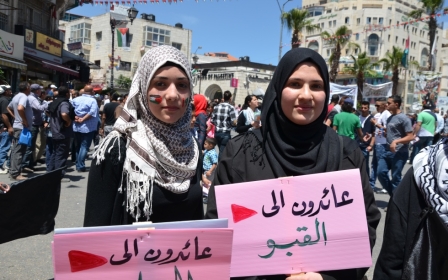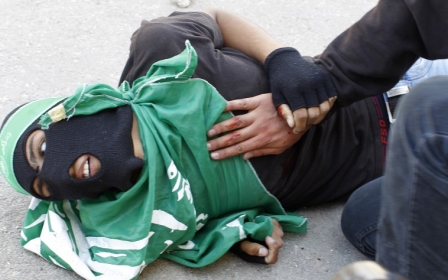In Pictures: Palestinians mark Nakba Day on both sides of the Green Line
For more than 66 years, Palestinians have struggled against colonisation and forcible displacement. Between 1947-49, at least 750,000 Palestinians were displaced from their homes and lands during the period that Palestinians refer to as al-Nakba ('the catastrophe'). May 15th is marked annually as Nakba Day across historic Palestine, although Palestinian events marking the Nakba take place throughout the month.
This year, traditional commemorative Nakba events continue yet are rejected by many amongst the new generation in favour of more progressive grassroots actions which attempt to develop the struggle for return rather than simply sustain memories. For this generation, and for others observing the day, the Nakba is an ongoing process which continues under various tools today through which the state of Israel continues to colonise Palestinian land and displace the Palestinian people, as well as deny the rightful return of displaced people to their homes.
At a Nakba Day demonstration on Thursday outside Ofer Prison near Ramallah, two Palestinian youth were shot dead by Israeli forces. In al-Walaja village near Bethlehem, Palestinian protestors breached sections of the Israeli-imposed separation barrier as they headed towards the Green Line, which loosely defines Israel's internationally recognised borders. A small group of activists managed to cross into the Israeli side of the Green Line.
New MEE newsletter: Jerusalem Dispatch
Sign up to get the latest insights and analysis on Israel-Palestine, alongside Turkey Unpacked and other MEE newsletters
Middle East Eye delivers independent and unrivalled coverage and analysis of the Middle East, North Africa and beyond. To learn more about republishing this content and the associated fees, please fill out this form. More about MEE can be found here.





